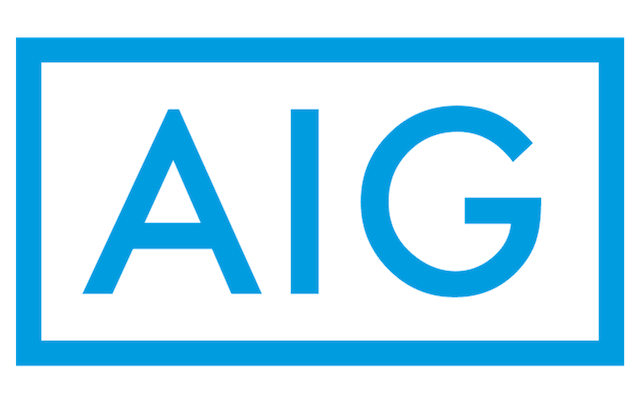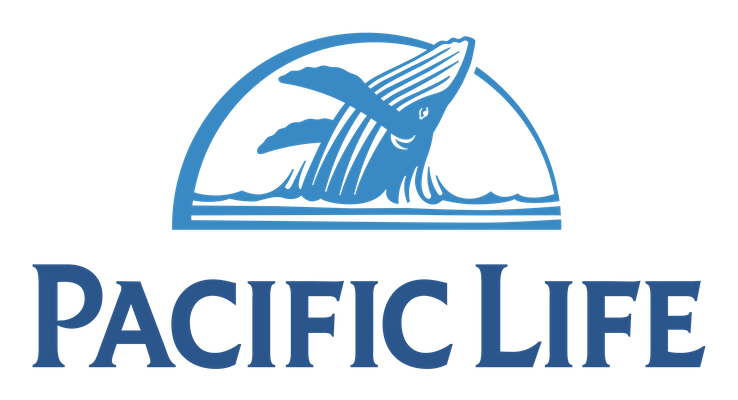College Planning Services
With respect to college planning, one must necessarily first consider the cost of obtaining a secondary education. Per CollegeData.com, the current average annual cost of tuition, fees, room, and board in 2020 averaged $26,820 for an in-state student and almost $54,880 per year for students at a private college or university. What’s more, all of these fees are rising annually, making the dream of providing a high quality education for your offspring or family members considerably more challenging. For parents, grandparents, aunts and uncles, and other family members interested in saving for a child’s education, proper planning is required to help realize their educational dreams.
Realizing College Educational Dreams
While many of us can continue to hope for financial aid or even the awarding of a scholarship, the fact is that neither is guaranteed. In recent years, tax law changes now allow certain college savings plans to be used for both primary and secondary school needs AND for setting aside dollars for undergraduate and post-graduate tuitions and ancillary expenses. Brian will help you sift through the many available college savings plans on the market and choose the one that’s right for your financial situation. Together with you, he will explore the tax benefits, contribution limits, and the associated risks of each investment option.
GET A FREE 15-MINUTE CONSULTATION!

529 College Savings Plan
College planning professionals recommend 529 college saving plans as a tax-favored way to save for your child’s college expenses through a variety of mutual funds with several well-known money managers, such as American Funds, Vanguard, TIAA-CREF, and Fidelity. These plans used to be only for eligible educational institutions such as any college, university, vocational school, or other post-secondary educational institution eligible to participate in a student aid program administered by the U.S. Department of Education. However, with the 2017 tax law change, they are now eligible for elementary or secondary school tuition, books, and even computers needed for classwork.
Advantages of 529 Plans
If you are a parent and passionate about your children going to college and are reasonably sure they will, the 529 is a great tool for ensuring your children’s education. Your contributions are made in the name of a child or a grandchild, and the funds are intended to be used only for that child. The contributions grow tax-deferred and, if used correctly for eligible expenses, the withdrawals are 100 percent tax-free. This is one of the government’s rare, tax-free growth opportunities. What’s more, if your child decides not to go to college, the money can be transferred to another family member’s 529 plan without a penalty, or you can cash it out and take the financial hit.
What’s the Catch?
Despite the numerous benefits, be aware that 529 plans do come with a catch. This shouldn’t come as a surprise; they were created by the federal government after all! In short, you have to use your 529 plan for its intended purpose or you’ll pay a penalty. This is why we call it a single-use asset.
The 529 plan contribution is not tax-deductible, but the withdrawal is tax-free provided the funds are used for qualified educational expenses. Of course, the government defines what is a qualified expense. So if you use 529 funds for non-education expenses (like a new roof or a vacation), any gains are considered taxable and subject to a 10 percent penalty.















Get Connected